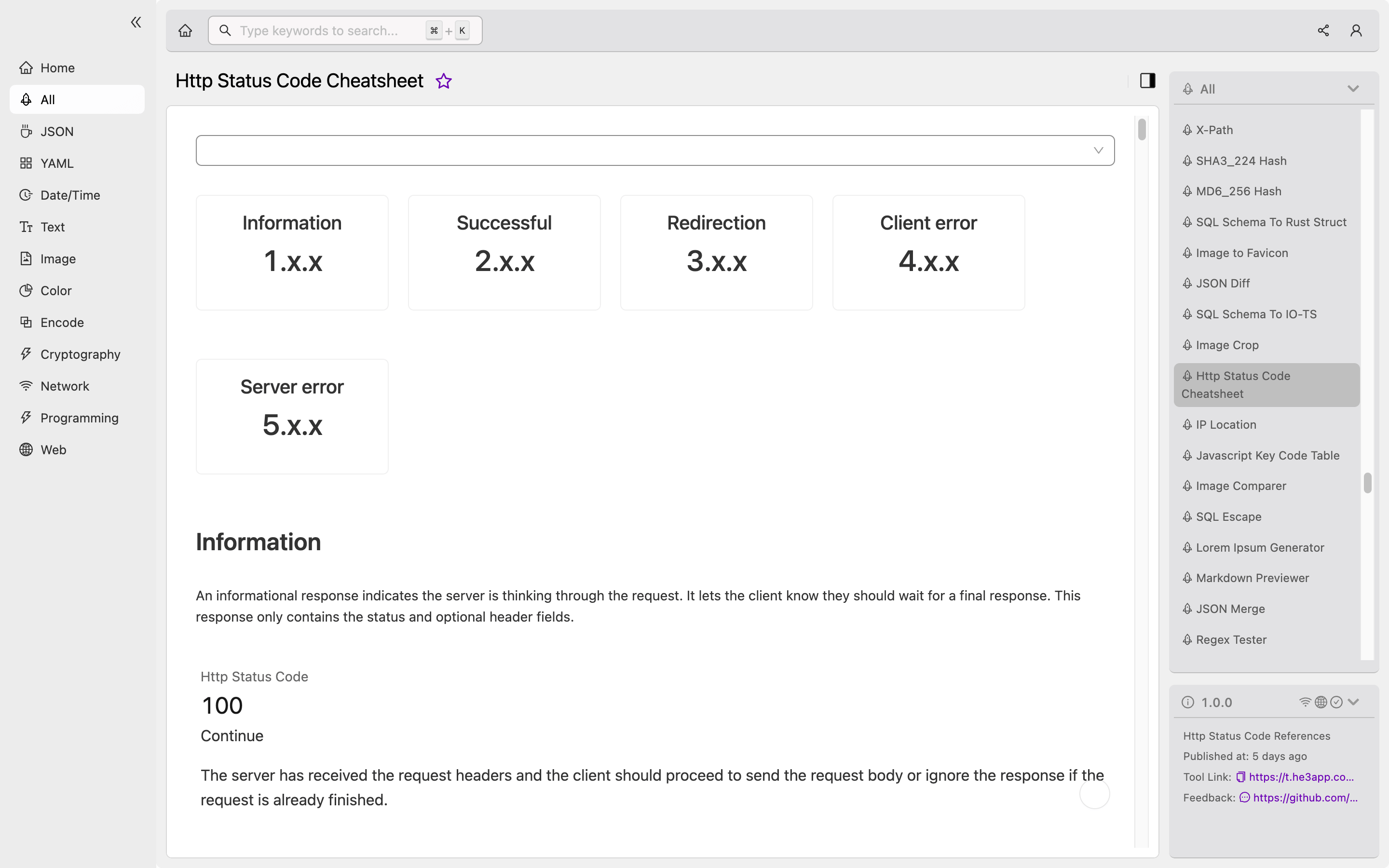Http Status Code Cheatsheet: A Comprehensive Guide
In web development, Http responses and errors are important concepts that developers need to understand. These responses are sent by the web server to the client when a request is made from the client-side. Http Status Codes are three-digit numbers that indicate the status of the Http response. These codes are critical in understanding the status of the response and are used to troubleshoot the web application.
Understanding Http Status Codes
Http Status Codes are a part of the Http protocol. The codes indicate the status of the response that is sent by the webserver to the client. There are five classes of Http Status Codes, each with specific meaning:
- 1xx: Informational
- 2xx: Success
- 3xx: Redirection
- 4xx: Client Errors
- 5xx: Server Errors
Each Http Status Code has a specific meaning and is used to troubleshoot the issue in the web application. For example, if the webserver sends a 200 status code, it indicates that the request has been successfully processed, whereas a 404 status code means that the requested resource could not be found on the server.
How to Use Http Status Code Cheatsheet
Http Status Code Cheatsheet is a developer’s tool to easily understand Http responses and errors in web applications. It is a comprehensive list of Http Status Codes and their meanings, with an example of each status code. Developers can use the Http Status Code Cheatsheet to quickly troubleshoot the web application and understand the status of the response.
Or you can use Http Status Code Cheatsheet tool in He3 Toolbox (https://t.he3app.com?djv8 ) easily.

Scenarios of Using Http Status Code Cheatsheet
Http Status Code Cheatsheet can be used in various scenarios, such as:
- Troubleshooting the web application
- Understanding Http responses and errors
- Analyzing the performance of the web application
- Debugging the web application
Key Features of Http Status Code Cheatsheet
Http Status Code Cheatsheet has the following key features:
- Comprehensive list of Http Status Codes
- Easy to navigate and search
- Example of each Http Status Code
Misconceptions About Http Status Codes
There are some misconceptions about Http Status Codes, such as:
- 404 status code always means page not found: The 404 status code is used to indicate that the requested resource could not be found on the server, but it can also indicate other issues such as bad URL or access denied.
- 500 status code always means server error: The 500 status code is used to indicate server-side issues, but it can also indicate other issues such as syntax error or database connectivity issues.
Http Status Code Cheatsheet FAQS
1. What is the importance of Http Status Codes in web development?
Http Status Codes are critical in understanding the status of the response and are used to troubleshoot the web application. These codes indicate the status of the response sent by the webserver to the client.
2. How can I use Http Status Code Cheatsheet?
Http Status Code Cheatsheet is a developer’s tool to easily understand Http responses and errors in web applications. You can use Http Status Code Cheatsheet to quickly troubleshoot the web application and understand the status of the response.
3. What are the classes of Http Status Codes?
There are five classes of Http Status Codes, each with specific meaning, which are 1xx: Informational, 2xx: Success, 3xx: Redirection, 4xx: Client Errors, and 5xx: Server Errors.
In conclusion, Http Status Code Cheatsheet is a developer’s tool to easily understand Http responses and errors in web applications. It is a comprehensive list of Http Status Codes and their meanings, with examples of each status code. Developers can use the Http Status Code Cheatsheet to quickly troubleshoot the web application and understand the status of the response.
Reference links:
